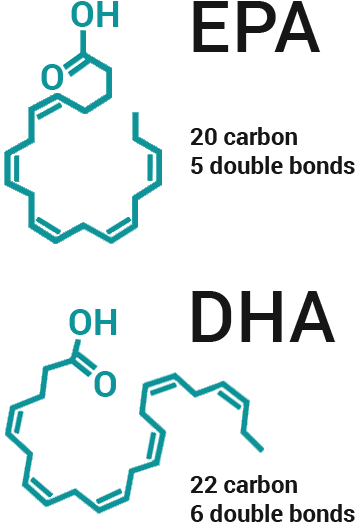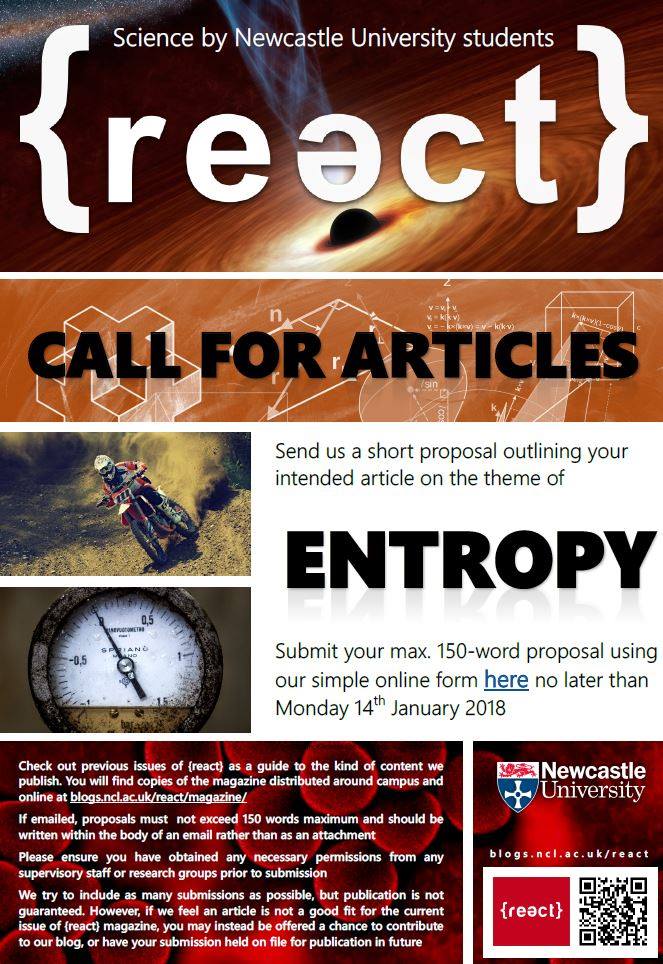by Emma Kampouraki
Publishing research results in scientific journals is crucial for research dissemination within the scientific community. The impact and quality of a research project can be demonstrated by the journal it is published in. For all research projects, as long as they are scientifically sound, legitimate and well designed, there is a journal that is appropriate. However, sometimes we aim high and without taking into account the competition in the field and the scope of the target journal, which can be very disappointing at times. In order to avoid a potential rejection, there are certain steps to be followed.
1. Identify a few target journals in advance
The main factors to consider when choosing journals is not only the impact factor, but also the scope of the journals of interest. For example, a specific haematology journal might not accept a manuscript about the pharmacology of an anticoagulant drug in vitro. It is always good to aim higher, but it might take more time to identify a journal that meets your criteria. On the other hand, if the manuscript gets rejected you’d have to repeat the steps all over again. However, the worst case scenario is your manuscript is rejected before getting to reviewers, in which case, you would have no clue what to improve before re-submitting to another journal. If you do get through to reviewers, and the rejection comes as a result of their comments, then this is your opportunity to use the feedback and improve your manuscript to hit another top journal.
2. Format your manuscript according to author guidance of the journal
Paying close attention to the journal’s guidelines for submission shows the dedication, the attention to detail and the professionalism all good quality journals will look for in their authors. If you can’t be bothered to read their 10-page guidance and even identify the category your manuscript falls in, then don’t expect to get a positive response back.
3. Write a good cover letter
Your letter to the editor should be polite, professional and succinct. Dedicate enough time to make sure that, firstly, there are no typos and, secondly, it contains a good answer as to why your manuscript is relevant to the journal and what is the overall impact of your research. The stronger the impact you (and your results) can demonstrate, the more time the editor will spend on your abstract, hence you’re more likely to reach the review stage.
4. Submit according to the guidance (pay submission fees)
Some high impact journals may ask for a fee, but don’t be put off by that. Follow the steps, spend some time to review the final version of your manuscript, to upload all necessary documentation and tick all those boxes appropriately. Again, the editor will use the information submitted to inform the selection of reviewers, if they are happy with the first impression of your work.
Even if you do get a rejection, which happens in nine out of ten cases, there is nothing wrong with resubmitting to a new journal. The process will start over again, but you’ll certainly find things to improve. After all, your confidence and belief in your own research output is a necessary ingredient of your academic life.






